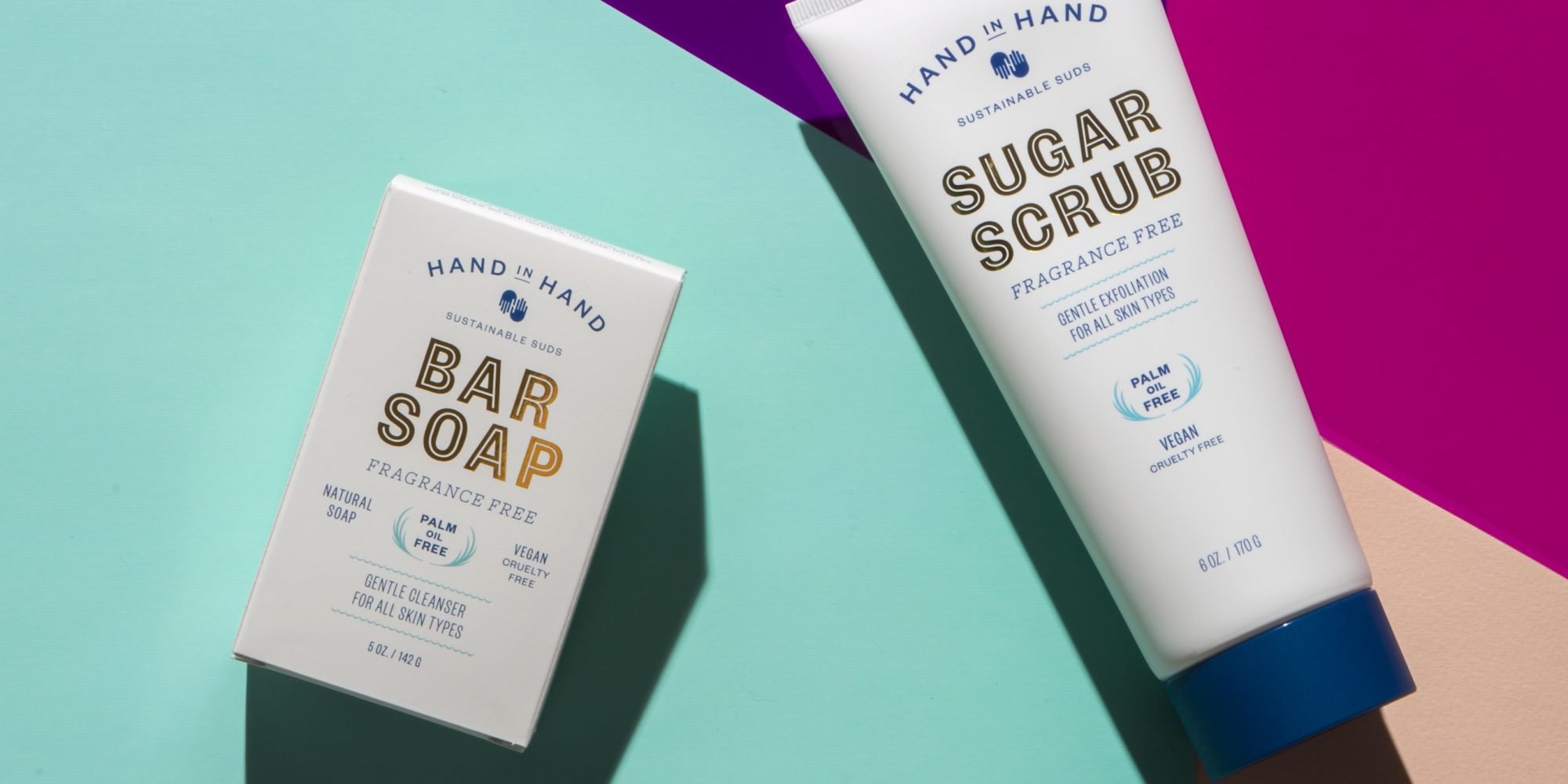
Hand In Hand Broadens Distribution With Launches At Bloomingdale’s, Kroger And Whole Foods
Hand in Hand proves a well-positioned brand can cross traditional retail boundaries in the beauty industry.
After entering Ulta Beauty last year, it’s launched at Bloomingdale’s, Kroger and Whole Foods as part of a distribution drive expected to bring it to 3,500 doors this year. Hand in Hand’s store expansion results from a shift by the mission-focused brand, which provides soap and clean water to children in developing countries, to home in on large retailers rather than small boutiques, completely repackage and change its target audience to put it squarely in the masstige segment spanning upscale and mass stores.
“The big thing for us this year is fulfilling the strategy that we set out to accomplish in 2016 and 2017 to try to work with the best-in-class retailers across big box, specialty beauty, natural grocery and conventional grocery,” says Bill Glaab, CEO and co-founder of Hand in Hand. “We see the brand as a true omnichannel brand that can fit in a lot of spaces because we check a lot of boxes in terms of where we are on the shelf. We are upstream, yet approachable.”
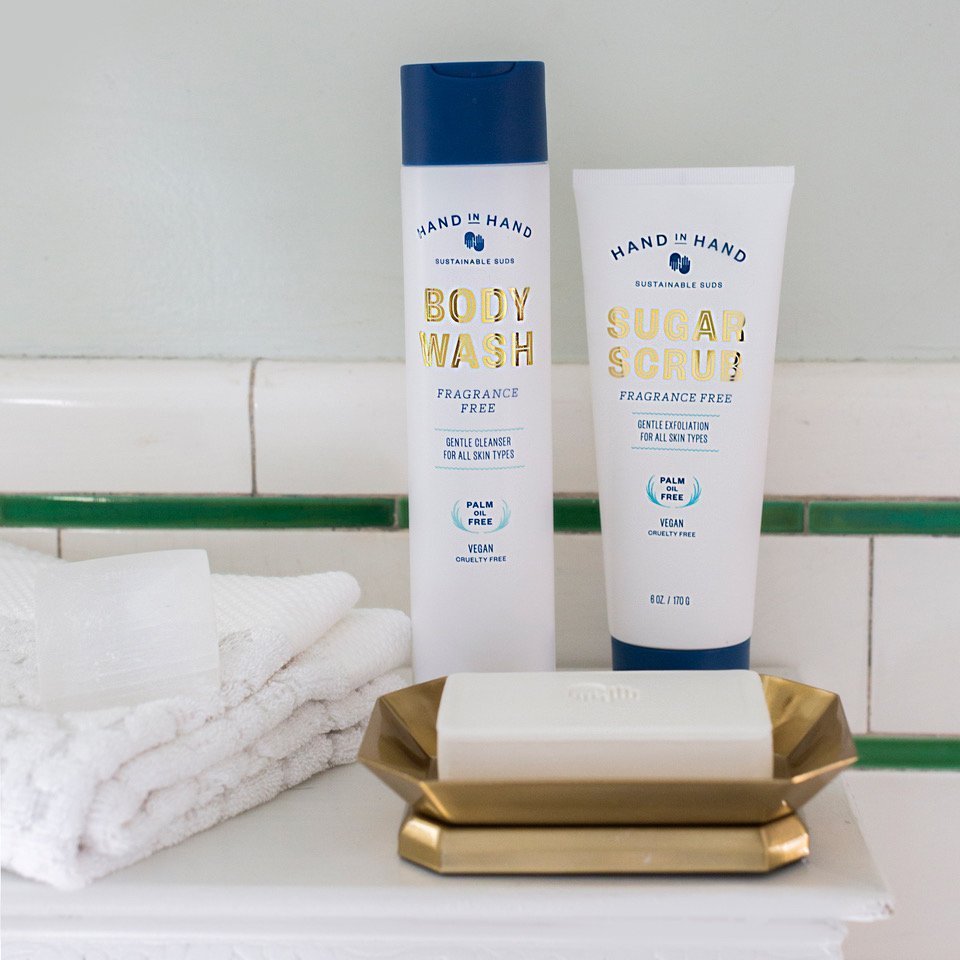
Buoyed by retail growth, Hand in Hand’s first-quarter sales shot up 650% from the same period a year ago. It’s on track for annual sales to soar 300% in 2019. Over the course of its initial seven years in business, Hand in Hand donated a million bars of soap. It’s now donated 2.3 million, and the last 1 million bars were donated in one year. The brand contributes a bar for every bar purchased. In addition to Bloomingdale’s, Kroger, Whole Foods and Ulta Beauty, customers can buy Hand in Hand items at QVC and Target.
The brand’s retail growth comes with assortment extensions. At Whole Foods, Hand in Hand is releasing fragrance-free options to augment its roster of bar soaps and sugar scrubs in four scents. In total, the body-care specialist’s assortment contains around 26 products, and its bar soap and sugar scrub in the cactus blossom and sea salt varieties are bestsellers. Hand in Hand is considering CBD merchandise, and skincare and haircare products are on the horizon for the brand.
“We see the brand as a true omnichannel brand that can fit in a lot of spaces because we check a lot of boxes in terms of where we are on the shelf. We are upstream, yet approachable.”
Glaab believes Whole Foods will be a strong account for Hand in Hand. The brand’s five pillars are nurturing community, avoiding palm oil, promoting sustainability, empowering women and supporting its team. The pillars are in line with the ethics of Whole Foods shoppers. In particular, Glaab emphasizes Hand in Hand’s palm oil-free formulas separate it from other brands. Palm oil production has been linked to deforestation and wildlife issues. Hand in Hand uses sodium rapeseedate as a palm oil substitute.
Speaking about the exclusion of palm oil, Glaab expounds, “There is a really big white space that certainly larger brands would have trouble filling, and it’s a pinnacle of the brand. It’s always been very important to us. From a product attribute standpoint, that’s the disruptive attribute pushing us to the head of this new era of what it means to be clean. It goes beyond how the ingredients affect you personally, and it goes into supply chain transparency.”
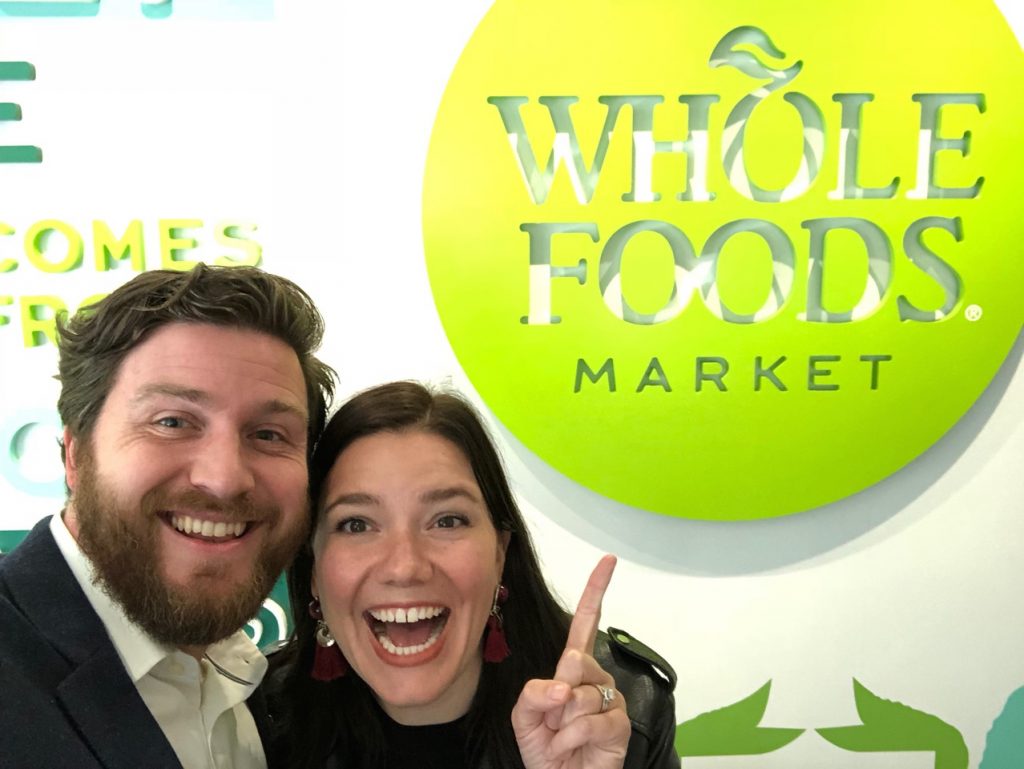
On its external packaging, Hand in Hand calls out its palm oil-free stance. The brand also highlights that it’s vegan and cruelty-free. Hand in Hand’s packaging was revamped prior to its premiere at Ulta Beauty to clearly communicate key qualities and visually jump off shelves. The updated look features saturated blue, pink, orange and purple shades. To pay for the repackaging and its Ulta Beauty rollout, the brand secured an undisclosed amount of angel investment in 2017 that has since been depleted.
Before the packaging revamp, Hand in Hand products featured a whimsical design more suited to gift stores than chains, but the brand has moved from being centered on gifting and gift stores to propelling everyday purchases at national retailers. To help make the move from boutiques to major retailers, Hand in Hand reduced its prices, and a bar of soap has decreased from $12 to between $5 and $6. The price decline and broad retail reach introduced Hand in Hand to new customers. Its core following has transitioned from customers 45-years-old and older to customers under 35-years-old.
“I think we are at the starting point of what’s going to be a very, very large brand.”
“We are an 8-year-old company that really pivoted and reinvented itself in 2017, so we are almost like a new company again even though we have all this history,” says Glaab. “That speaks to the tenacity and passion of the team that we have to push and push and push, and never give up to get to this point. I think we are at the starting point of what’s going to be a very, very large brand.”
Today, Hand in Hand is seeking investment to fuel its next phase. It has five employees, none of which had beauty experience until Hand in Hand, and plans to double the size of its workforce by the end of the year. Direct-to-consumer sales are a tiny portion of Hand in Hand’s total revenues, but Glaab mentions the brand will be amplifying the resources dedicated to its direct operations in an effort to make it a significant contributor to sales. The brand wants to turn up the volume on its marketing to heighten sales online and at its panoply of retail venues.
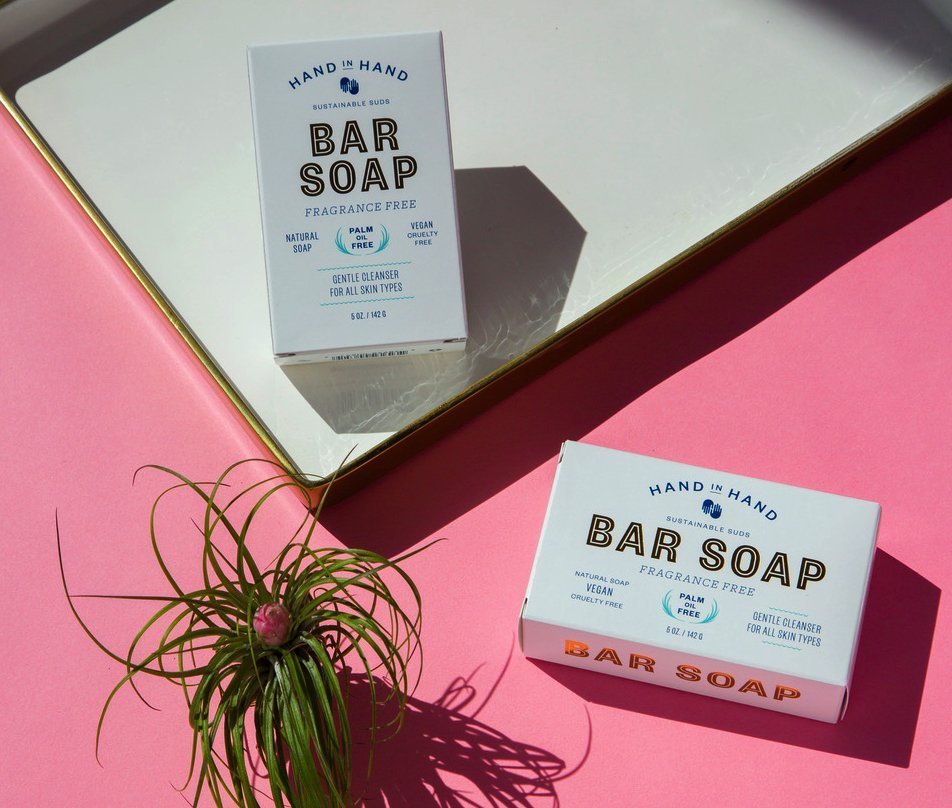
“For us, an ideal partner is someone who adds value, and understands the space that we are in and what the brand is about. They will understand our five pillars of positivity, and why these things are important even if they sometimes negatively affect the bottom line,” says Glaab, continuing, “Everyone here is from outside the industry. Although we’ve being doing this for eight years, there’s never a day where we have been beyond where we are on that day. Obviously, this is a critical point for us and making the correct decisions are more important than ever for the company.”



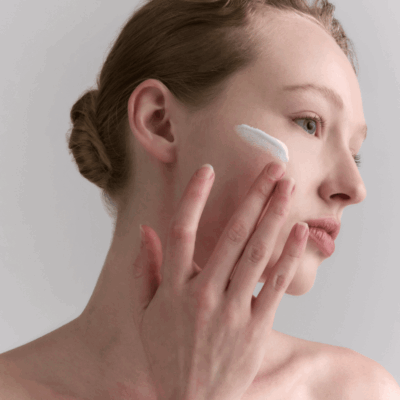

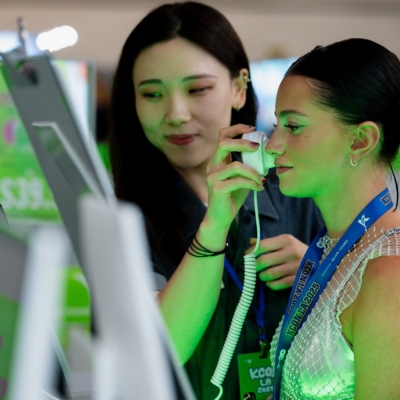
Leave a Reply
You must be logged in to post a comment.